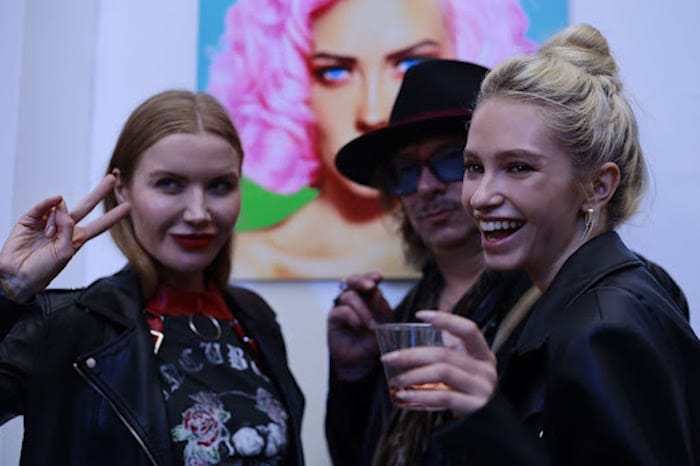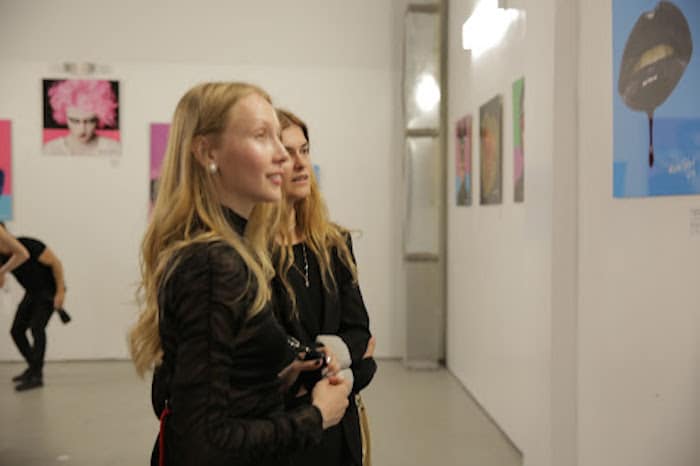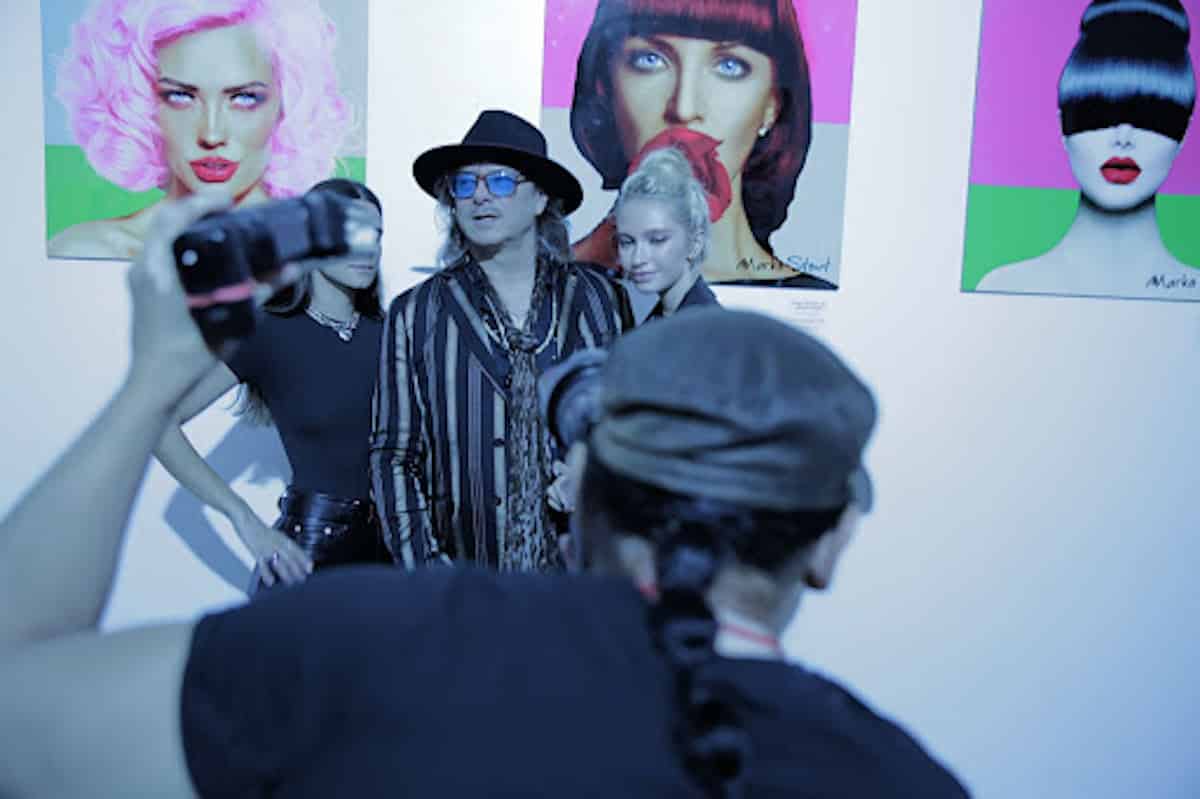Introduction: A brief overview of Marko Stout and his work
Marko Stout was born on September 27, 1962 in Point Pleasant, New Jersey and grew up in the small seashore town of Brick. He began drawing at a young age and was inspired by the pop artists of the 1960s such as Andy Warhol. As a result, Marko Stout’s art is immediately recognizable. His signature style, which he has dubbed “Neo-Pop Realism,” is a bright and colorful mix of pop culture and realism. What makes his work unique, however, is not just his style but also his vision. Stout sees the world around him differently than most artists and uses his art to share that vision with others.
For Stout, art is about more than simply creating something beautiful or interesting; it’s about using that creation to make a statement about our world. Whether commenting on social issues or exploring the human condition, Stout’s art always has something important to say. And thanks to his skill as an artist and his unique vision, millions of people can see the world in a whole new way through his work.
His use of popular culture and references to celebrities
Marko Stout is known for using popular culture and references to celebrities in his artwork. His paintings often depict iconic images or scenes from movies and television shows. For example, his painting “The Breakfast Club” features the five main characters of the same name from the film.
Many of Stout’s paintings also include quotes or song lyrics from popular songs. For example, his painting “Queen” includes the lyrics “I want to break free” from the song of the same name by Queen. Stout believes that using popular culture in his artwork helps him connect with viewers on a personal level.
“I like to use pop culture because it’s something everyone knows,” says Stout. “It’s a way to communicate with people on a level they can understand.
Marko Stout’s unique artistic vision
Marko Stout is a contemporary artist who has a unique vision. He combines elements of street art and pop art to create visually arresting and thought-provoking pieces. His work often addresses social issues and isn’t afraid to experiment with different mediums and techniques. As a result, stout’s art is highly sought after by collectors, and his pieces have been featured in galleries all over the world. He is a true innovator, and his unique approach to art will inspire others for years to come.

The provocative nature of Marko Stout’s work
It is no secret that Marko Stout enjoys pushing boundaries. His artwork is often provocative, sometimes shocking, and always unapologetic. From his earliest pieces—which featured images of women in bondage—to his recent work, which comments on everything from war to consumerism, Stout has never been afraid to provoke viewers with his art.
Some viewers find Stout’s work offensive, while others find it thought-provoking. Regardless of how one feels about it, there’s no denying that his art is unique and influential. Stout has inspired other artists with his willingness to take risks and experiment with new mediums and styles. He has also helped to redefine the contemporary art movement.
Whether one agrees with it or not, Marko Stout’s art is sure to elicit a reaction.
Stout’s ability to create a unique visual style
Marko Stout is an artist who has a unique visual style. His paintings are often dark and brooding, with an underlying message or theme. He often uses religious iconography in his work and images of violence and death. This makes his paintings both visually interesting and thought-provoking.

Conclusion: Why Marko Stout’s work is so popular, and why it is gaining increasing attention.
In conclusion, Marko Stout’s work is gaining increasing attention because it is unique, powerful, and provocative. His use of bright colors and bold graphics creates a visually stimulating experience that is both engaging and thought-provoking. Stout’s art invites the viewer to explore the human experience’s complexities and question the nature of society and its institutions. His work will continue to provoke discussion and inspire new generations of artists.


